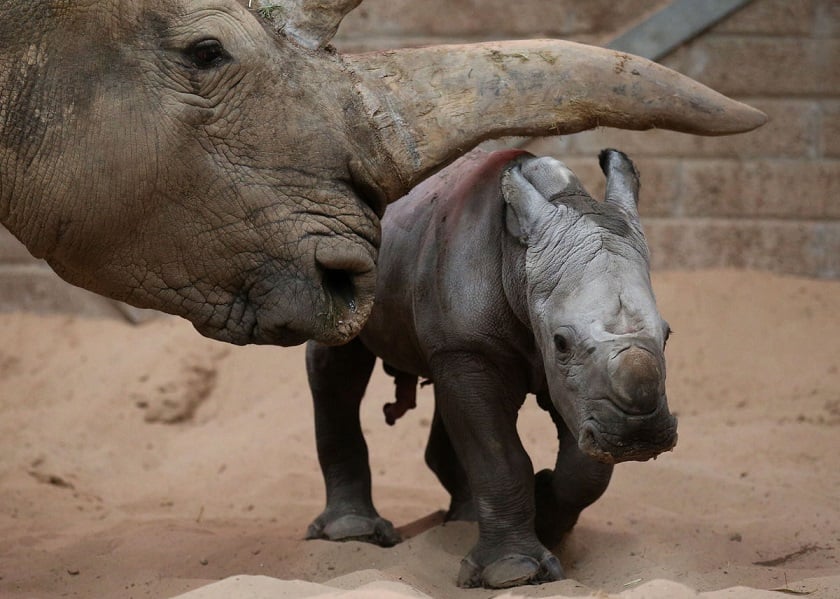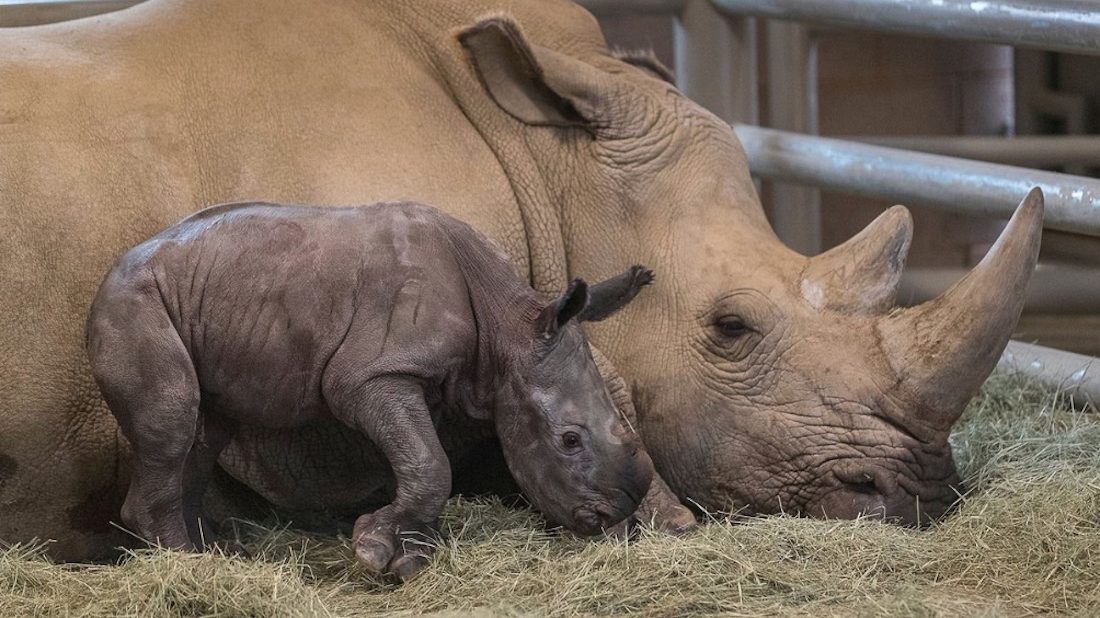


However, because it is a time when they are especially at risk they have access to these huge animals That is when they are risking drinking from the water. The Nile is one of the very few hunters of crocodiles that any adult rhinoceros may try to adopt. The first instinct for girls is to protect their babies when danger comes. If they leave, they will probably be shocked to leave A clear indication of imminent danger. Interestingly, the birds eat ticks outside the rhinoceros body, they do protective work, warning their host of the dangers. Therefore, to prevent their children from being a victim of rhinoceros, we need to preserve and abundance of natural ecosystems.

This often happens if hunters experience a shortage of natural sources they naturally enjoy. A few steps away, the opportunist can attack a baby’s rhinoceros for crocodiles, wild cats (such as lions), or wild dogs.Įven a small child provides plenty of food for any animal that successfully kills it. Their curiosity sometimes drives these kids away from their protective mothers as they roam the plains and grasses of his territory together. Of course, baby rhinoceroses are susceptible to predators because they do not have the size, aggression, or strength to defend themselves against wild predators. While it is true that adult rhinoceros are not threatened by other animal predators, for the most part, they are particularly at risk of being proven to be cruel predators of all things, humans. Rhinos are so big animals and known for their energy, so they can easily be trusted without threatening predators. This article will discuss in-depth rhino predators. Young rhinoceros can, however, be a victim of big cats, crocodiles, African wild dogs, and hyenas. And the next one, too.Adult rhino has no real predators in any forest other than humans. So while Tuesday wasn’t exactly the hoped-for public relations triumph, it wasn’t hard to remember that the rhino will look essentially the same tomorrow, when the area on the north end of the zoo is expected to re-open to the public. “He almost made it out to the light of day,” said Bernier, shrugging. It worked a little as mom and baby showed themselves a little more at about 12:30 p.m. Zoo staff tried various enticements, including bananas, carrots and browse, the branches rhinos like to gnaw on. At noon, zoo staffers and volunteers were let in, the second wave of the preview opportunity, following the morning’s press availability.
Baby rhinoceros tv#
A shooter for one of the TV stations packed up to move on to another assignment. That’s just speculation on my part.”Īt 11:15 a.m., Kapuki showed herself. “She wants to be sure the calf is going to follow her, not get out of her sight. “This calf’s pretty rambunctious back there, and I think it might be making her a little wary,” Bernier said. The seeming shyness might actually be a function of the calf’s active personality, said Dave Bernier, the zoo’s general curator. At 11 a.m., keepers manipulated some doors again to draw attention to the opening. At this age, staff will only allow outdoor access when temperatures are over 60 degrees and conditions are dry.īut, again, the rhinoceros has to want to go out. Seen via video monitors standing at less than an hour old, the newborn has been developing nicely, according to zoo staff, which, along with a seeming increase in the year’s relentless spring temperatures, is what led to the decision to begin the animal’s outdoor life.

All are Eastern black rhinoceroses, a species critically endangered in the African wild. The sire in both cases is Maku, now 33, kept in a separate enclosure. He was referring to rhino mom, Kapuki, 13, who also gave birth to King and is the newborn’s constant companion in these early weeks of life (and will be, essentially, for the next couple of years). We’re just trying to show her that the door is open.” “We’re just trying to get her attention,” Murray said. At 10:30 a.m., zookeepers moved the big metal doors again.


 0 kommentar(er)
0 kommentar(er)
